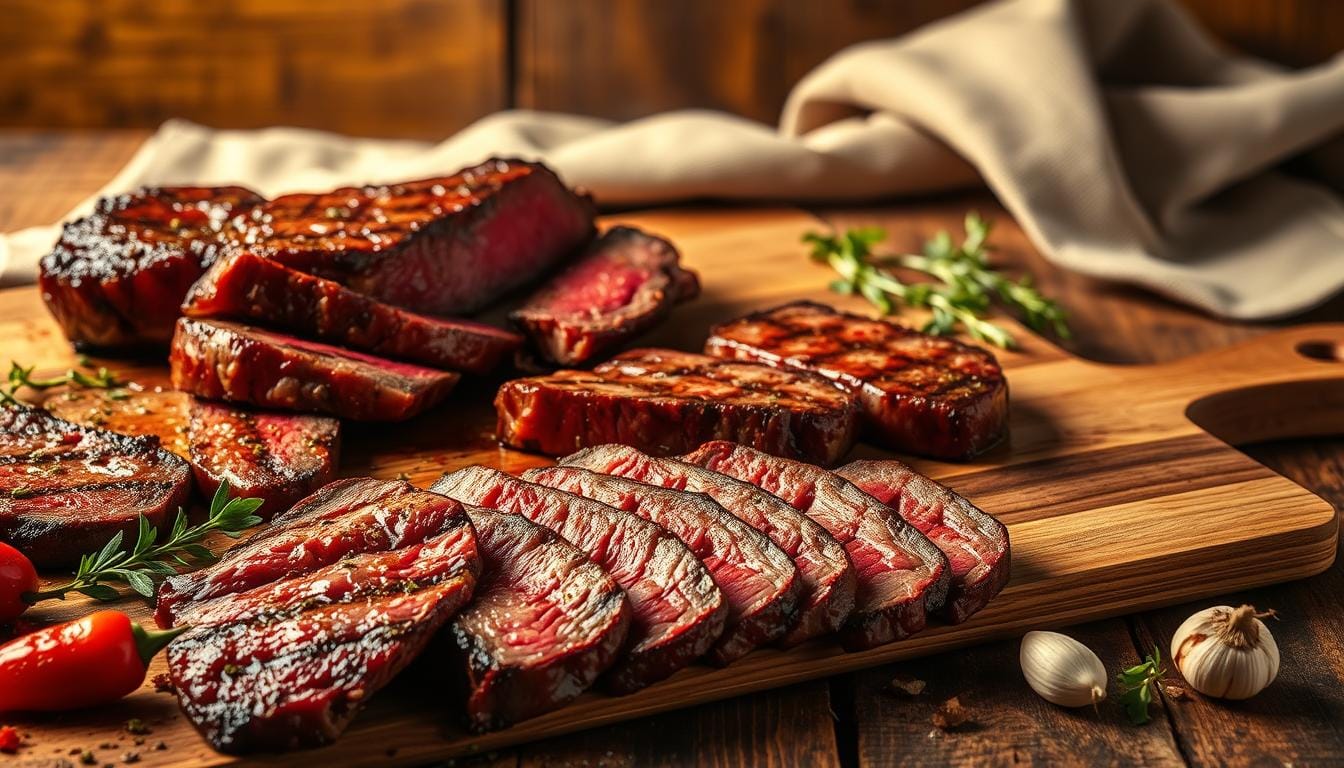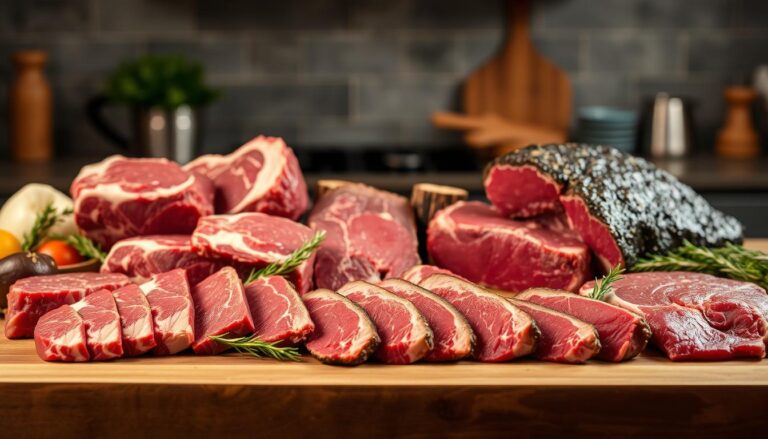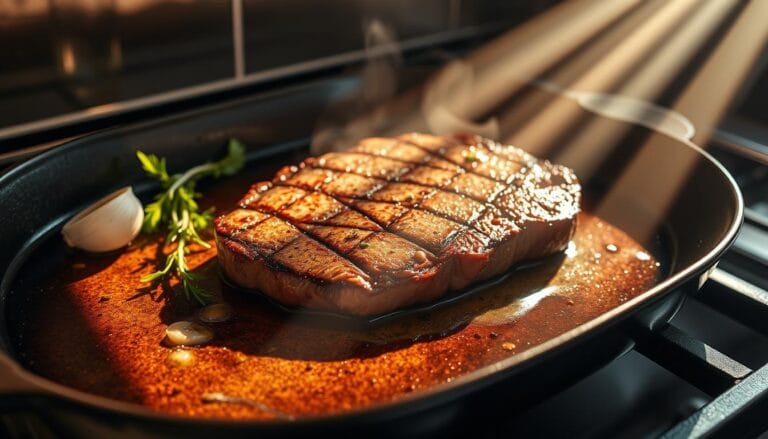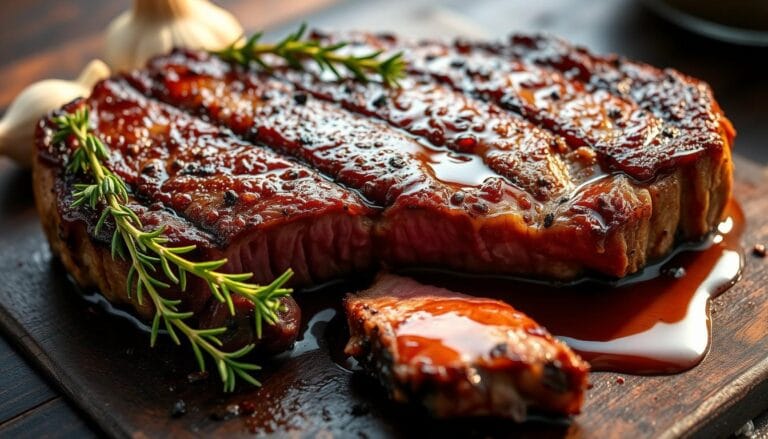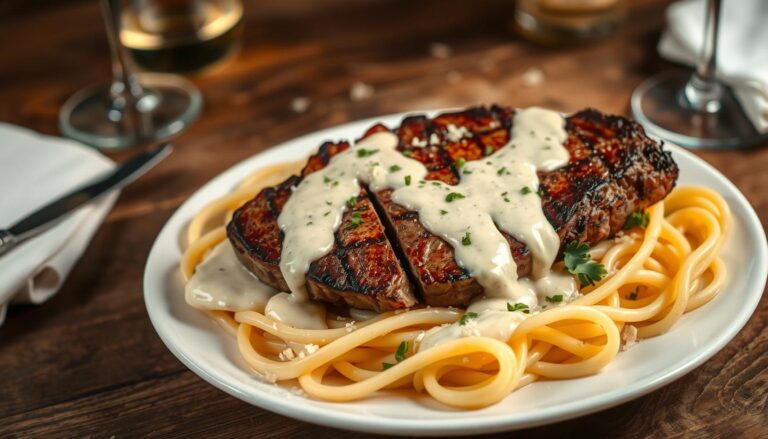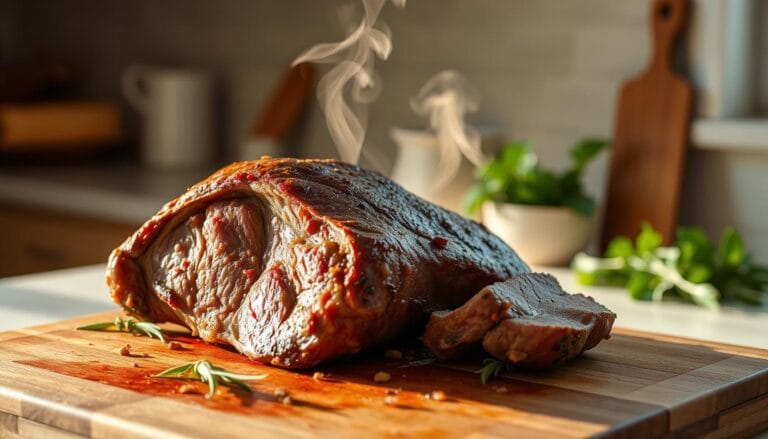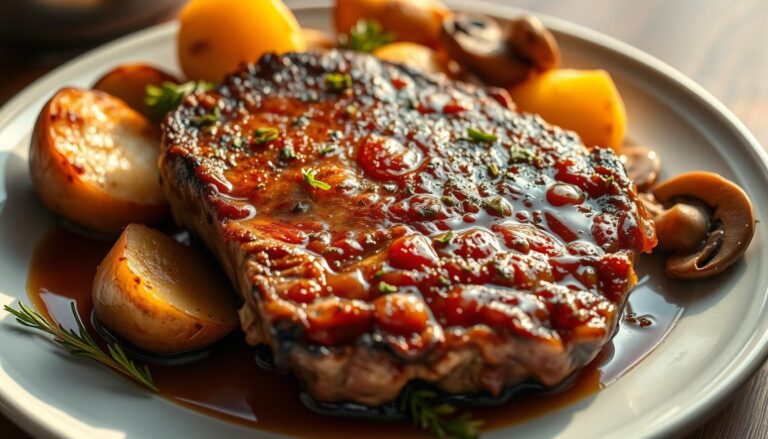Learn How to Say Steak in Spanish: A Simple Guide
Table of Contents
Learn How to Say Steak in Spanish: A Simple Guide
Imagine walking through a bustling market in a Spanish-speaking country, the aroma of grilled steak wafting through the air, making your mouth water. You’re eager to order a delicious meal, but you’re not sure how to ask for it in the local language. Learning the right vocabulary can make all the difference between a frustrating experience and a culinary delight.
Mastering food terms in a foreign language is a crucial step in becoming conversational. When it comes to steak, the most universally recognized term in Spanish is “bistec.” However, regional variations exist, and understanding these differences can enhance your dining experience.
As you explore Spanish cuisine, you’ll discover that language learning and cultural immersion go hand-in-hand. By learning key phrases and vocabulary related to food, you’ll be able to navigate menus with confidence and engage with locals in a more meaningful way.
Key Takeaways
- Mastering the vocabulary for food items like “steak” is essential for conversing in Spanish.
- The term “bistec” is widely recognized across Spanish-speaking regions.
- Regional variations of the word for “steak” exist, including “filete,” “bife,” “carne de res,” and “churrasco.”
- Learning these terms will help you navigate menus and order confidently.
- Understanding food vocabulary opens doors to authentic cultural experiences.
How to Say Steak in Spanish: The Basic Translation
Learning to pronounce ‘steak’ in Spanish is a simple yet valuable skill for any food enthusiast. The translation of ‘steak’ into Spanish is primarily known as “bistec.”
The Most Common Spanish Word for Steak
The word “bistec” is widely recognized and used across various Spanish-speaking countries. It is derived from the English words “beef” and “steak.”
Pronunciation Guide for “Bistec”
Pronouncing “bistec” correctly involves saying “bee-STECK” with emphasis on the second syllable. To achieve this, note that the Spanish ‘i’ sounds like “ee” in “see,” and the ‘e’ is pronounced like “eh” in “bet.” The ‘c’ at the end is pronounced like a hard ‘k’ sound.
To improve your pronunciation, practice saying “bistec” slowly and gradually increase your speed. Listening to native speakers can also greatly enhance your skills.
Regional Variations of Steak in Spanish
As you explore Spanish-speaking countries, you’ll discover that the term for steak isn’t always the same. While bistec is widely understood, different regions have their unique words for steak, reflecting local culinary traditions.
Different Words Across Spanish-Speaking Countries
Various terms are used across the Spanish-speaking world. For instance, in Argentina and Uruguay, bife is the preferred term, while in Chile, you’ll commonly hear churrasco. In Mexico, carne asada is frequently used, especially when referring to grilled steak for dishes like tacos.
When to Use Each Variation
Using the right term can enhance your learning experience and show cultural awareness. Here’s a quick guide:
| Country/Region | Term for Steak |
|---|---|
| Argentina/Uruguay | bife |
| Chile | churrasco |
| Mexico | carne asada |
| General/Other regions | bistec |
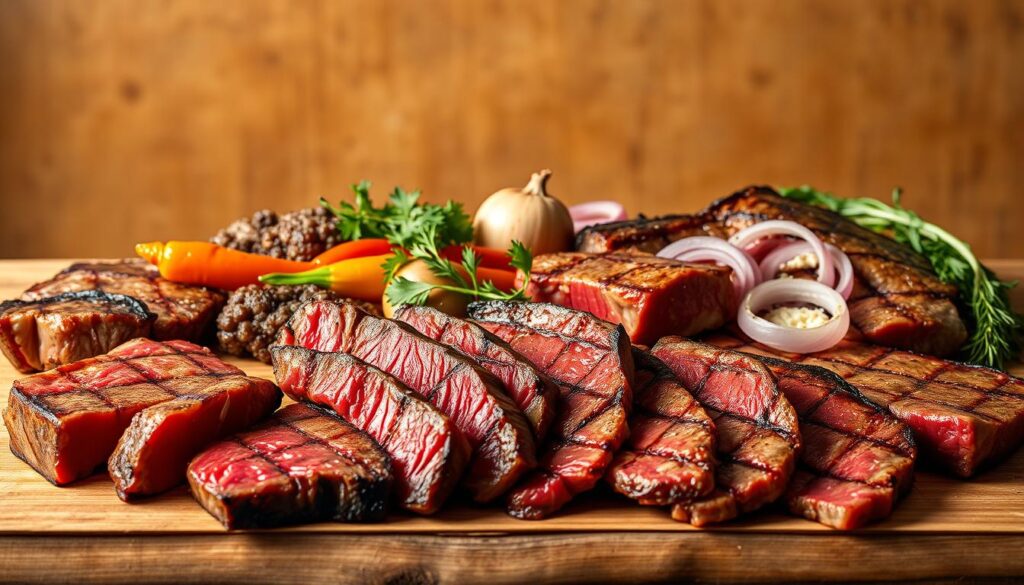
Understanding these translations can help you navigate menus and communicate effectively with locals in the Spanish-speaking world when ordering your favorite steak.
Useful Spanish Phrases Related to Steak
To get your steak just right in a Spanish restaurant, learning a few essential phrases is vital. This knowledge will enhance your dining experience.
Ordering Steak at a Restaurant
When ordering steak, you can say, “Quiero mi bistec término medio, por favor” (I want my steak medium, please). This sentence is crucial for getting your steak cooked just right.

Describing How You Like Your Steak
Describing your steak preference is key. Use “poco hecho” or “vuelta y vuelta” for rare, “término medio” for medium, and “bien cocido” for well done. You can practice these terms through language games that match cooking preferences to their Spanish equivalents, making learning Spanish fun and interactive.
Conclusion
With the different terms for steak in Spanish, you’re now better equipped to navigate Spanish menus. Learning how to say “steak” in Spanish and understanding its regional variations enriches your language skills and cultural knowledge. The primary words for steak, such as “bistec,” “filete,” “bife,” and “churrasco,” reflect the diversity of the Spanish language across different countries.
Practicing these food-related words through language games and real-world conversations will help cement them in your memory. Being able to order steak to your preference in Spanish demonstrates a deeper level of language proficiency beyond basic tourist phrases. Continue expanding your Spanish food vocabulary to enhance your travel experiences and connections with Spanish speakers around the world.
Remember, learning a language is an ongoing journey, and food vocabulary is one of the most practical and enjoyable aspects to master. Whether you’re traveling, dining at a Spanish restaurant at home, or simply expanding your language skills, knowing how to discuss steak in Spanish adds authenticity to your conversations.
FAQ
What is the most common Spanish translation for the word “steak”?
Are there any regional variations for “steak” in Spanish?
How do you pronounce “bistec” correctly?
What are some useful phrases to order steak at a Spanish restaurant?
Can you describe how you like your steak using Spanish vocabulary?
Are there any language learning games or resources to help me practice Spanish vocabulary related to food?
For more cooking tips, stay connected with us. We also recommend the cookbook Skinnytaste Simple: Easy, Healthy Recipes with 7 Ingredients or Fewer
For more Recipes about Beef?
Did You try our recipe ?
There are no reviews yet. Be the first one to write one.
